Crops
-
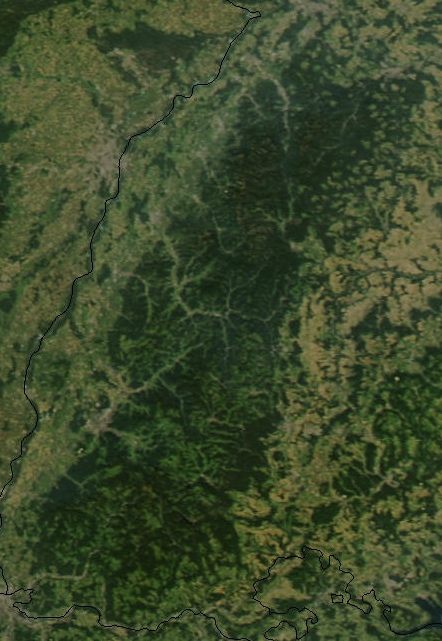
In the Southeast, changes in land use from bare ground croplands to forests are thought to be one of the contributing factors to the cooling that Georgia and other Southeastern states saw in the period from roughly the 1940’s to the 1970’s. Now a similar land use change in western Europe is leading to cooler…
-
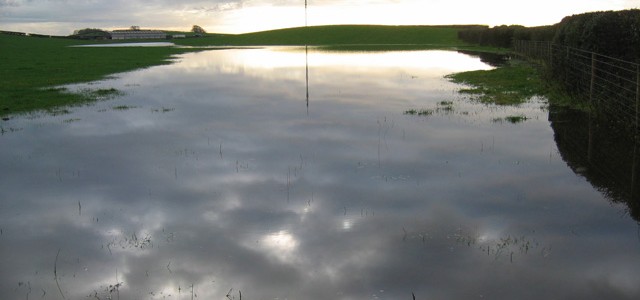
Even though it’s not quite the end of the month yet, the National Ag Statistics Service released this February summary of the crop conditions across Georgia. The rain has really done a number on farmers in most of the state this year. February 24, 2020 GEORGIA: February temperatures were on average 1 to 6 degrees…
-
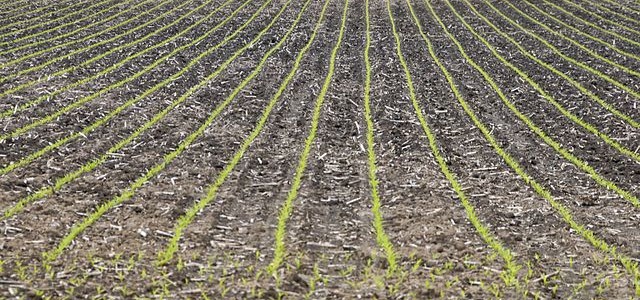
Here is some important and useful information for folks that are planning to plant corn in Georgia over the next few weeks. It’s from Rome Ethredge in his Georgia Grain News newsletter. Remember that you can get soil temperature information from the UGA weather network at https://www.georgiaweather.net/?content=tr&variable=XS . Corn Planting Folks are getting planters ready…
-
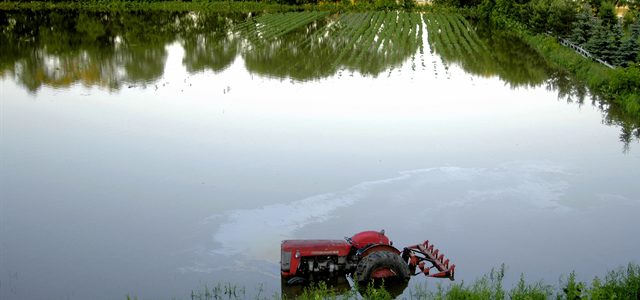
Wet weather is causing problems for farmers in many parts of the country, including the Southeast. This article from AgWeb reminds us of some of the ways that the wet planting conditions can adversely affect newly planted crops. Of course, with really wet soil it’s even hard to just get into the fields…
-
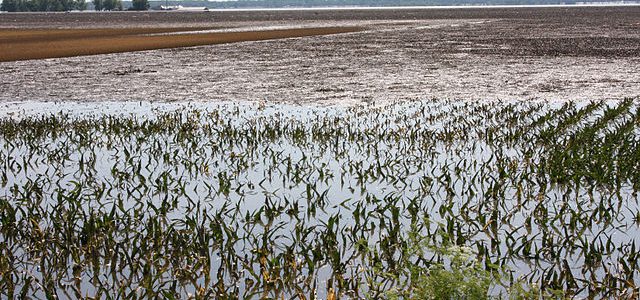
While parts of the Southeast are expecting yet another round of rain in the next few days, farmers in other parts of the country are also struggling with very wet conditions. AgWeb posted a story this week about how Midwestern farmers in the Corn Belt are also dealing with very wet conditions for a second…
-
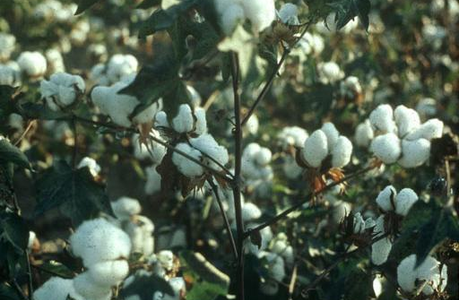
Farmers from across the Florida Panhandle, as well as southern Alabama and Georgia are invited to attend the 2020 Panhandle Row Crop Short Course. The meeting will be hosted by Jackson County Extension on Thursday, March 5 at the Jackson County Agriculture Conference Center (2741 Penn Ave., Marianna, FL). Registration and the trade show will…
-

I was recently interviewed by Emily Cabrera of UGA on how I think the recent weather and the expected climate for the next couple of months will affect spring production and planting. This wet and warm weather will definitely have some impacts on producers going into the next growing season. You can read the article…